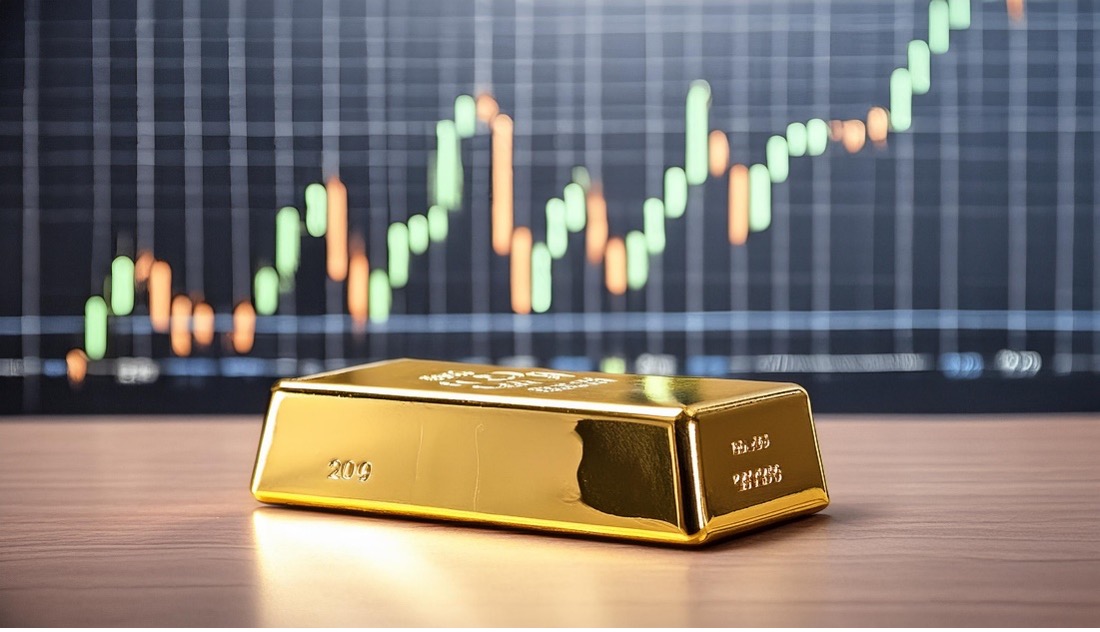Gold has captivated humanity for millennia, admired as much for its beauty as for its utility and value. This precious metal has been woven into the fabric of societies across the world, serving as currency, status symbol, and sacred object. Let’s explore the remarkable history of gold and how it came to hold such a powerful place in human culture and economy.
The Early Discovery of Gold
Gold’s history begins around 5,000 B.C., making it one of the first metals discovered by early humans. Ancient civilizations in Mesopotamia, Egypt, and the Indus Valley discovered gold in rivers and streams, and its brilliant, lustrous appearance made it an object of awe. Unlike other metals, gold did not tarnish, was easy to shape, and could be polished to a brilliant shine, marking it as special in the eyes of early societies.
Ancient Egyptians were among the first to systematically mine gold. They developed elaborate methods of mining, processing, and adorning themselves with this precious metal. Gold became central to their religious beliefs and burial customs, symbolizing eternity and divinity. Egyptian pharaohs were often buried with gold masks, jewelry, and other treasures to accompany them into the afterlife, a testament to gold’s perceived sacred and eternal qualities.
Gold in Ancient Civilizations
As civilizations expanded, so did gold’s importance. By 1,200 B.C., the Egyptians had created the first gold maps, helping to locate and mine gold deposits along the Nile River. Gold became central to trade and wealth accumulation in the Mediterranean and Middle East, inspiring civilizations such as the Minoans and the Mycenaeans to seek gold for ornamentation and trade.
In ancient Greece, gold was seen as a symbol of social status and power. Greek temples were decorated with gold statues and artifacts, reinforcing its association with divinity. The ancient Greek philosopher Aristotle noted gold’s resistance to tarnish, calling it a symbol of immortality. Across the Mediterranean, it was used for coinage, leading to the first significant use of gold as a monetary standard.
Gold held a prominent place in ancient Rome as well. Roman emperors accumulated vast quantities of gold to finance their empire, even establishing gold mines in conquered territories. Gold coins became the standard currency, solidifying gold as a medium of wealth and trade. In China, gold’s prominence also grew, especially during the Han dynasty, which saw the creation of early gold ingots used in transactions.
The Middle Ages and Exploration
During the Middle Ages, gold retained its value and mystique. In medieval Europe, gold symbolized divine power and was widely used by the Church, adorning cathedrals and religious icons. Gold mining became increasingly organized, with European rulers seeking to control gold sources to fund their armies and kingdoms.
The search for gold inspired European exploration and colonization. In the 15th and 16th centuries, Spanish and Portuguese explorers traveled to the New World, driven by the legend of “El Dorado,” a city of gold believed to be hidden in the Americas. Spanish conquistadors plundered the gold-rich civilizations of the Aztecs and Incas, seizing vast amounts of gold that flowed back to Europe. This influx of gold changed the European economy, but also sparked inflation and economic challenges as more gold flooded the market.

The Gold Standard and Industrial Era
Gold became even more central to world economies during the Industrial Revolution, when it was adopted as the basis for international trade. In 1717, Sir Isaac Newton, then Master of the British Mint, effectively placed England on the gold standard by fixing the price of gold. This system established gold as the foundation of the British currency, eventually influencing other nations to adopt the gold standard.
In the 19th century, major gold rushes, like those in California (1848) and Australia (1851), dramatically increased the world’s supply of gold. These rushes attracted adventurers, settlers, and entrepreneurs, helping to shape economies and expand settlement in these regions. The gold standard reached its peak in the 19th century, serving as the foundation of most major economies and stabilizing international trade.
Gold in the 20th Century and the Abandonment of the Gold Standard
In the 20th century, the gold standard began to show its limitations, especially during times of economic turmoil. The Great Depression in the 1930s led to widespread financial instability, and many countries, including the United States, abandoned the gold standard to allow for more flexible monetary policies. In 1944, the Bretton Woods Agreement established a modified gold standard, pegging the U.S. dollar to gold and other currencies to the dollar, but this too ended in 1971 when President Richard Nixon fully detached the U.S. dollar from gold.
After the gold standard was dissolved, gold’s role as currency changed, and it became primarily a commodity. However, gold continued to be valued for its investment potential and as a hedge against inflation and currency fluctuations. Central banks began to maintain gold reserves as part of their financial holdings, acknowledging gold’s lasting value in global finance.
Gold in Modern Markets
Today, gold continues to be a highly sought-after commodity, appreciated for its stability and value retention. Investors often turn to gold during times of economic uncertainty, making it a “safe haven” asset. Gold’s demand extends beyond financial markets, as it is widely used in electronics, medicine, and jewelry, making it essential to both industry and culture.
Digital trading and the rise of gold-backed assets, such as gold ETFs (exchange-traded funds), have made gold accessible to a broader range of investors. Central banks around the world also hold gold reserves as a means of securing financial stability and diversifying away from foreign currency risks.

The Symbolic Legacy of Gold
Throughout its long history, gold has transcended cultures, continents, and centuries as a symbol of wealth, beauty, and stability. It continues to play a crucial role in both modern finance and global culture. Gold’s timeless appeal lies in its unique properties: it is rare, durable, malleable, and resistant to corrosion, ensuring that it retains its allure no matter the era.
Gold remains a reminder of human civilization’s endless pursuit of beauty, wealth, and security. Its journey from ancient riverbeds to modern markets tells the story of human development and the enduring value placed on this remarkable metal. As economies evolve, gold’s role may change, but its significance in our cultural, historical, and financial landscapes is likely to endure for generations to come.














